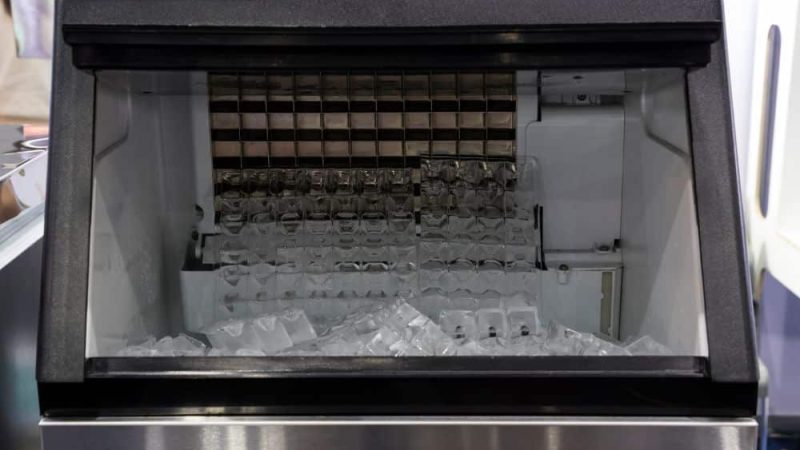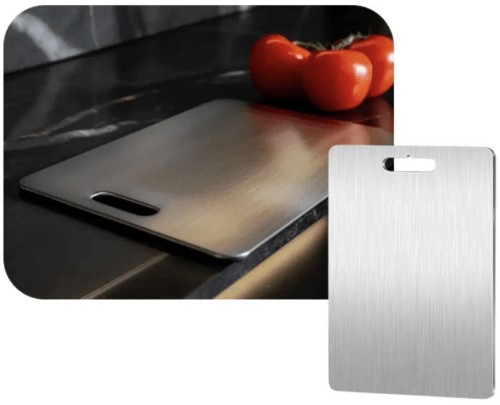Be Familiar with the Guide to Cuts of Beef

It’s easy to get stuck when it comes to buying, prepping, and cooking meat. There’s nothing left to eat what people are accustomed to, knowing the different cuts of meat and what they are used for can help them broaden their culinary horizons.Anyone who cooks beef becomes curious about where the major slices come from on the cow at some time. The beef cuts chart shows how meat is separated into huge portions called primal cuts. On the search engine, users can look for a beef slices chart to be familiar with a Guide to Cuts of Beef –
- Beef Chuck- Beef chuck is derived from the forequarter. Beef chuck is a tough yet tasty piece of meat made comprised of sections of the neck, shoulder blade, and upper arm. This primitive cut contains a lot of connective tissue. As a result, chuck is an excellent choice for braised meals such as beef stew or pot roast, both of which rewarm tough cuts. Beef chuck is good for making ground beef because of its high-fat content, which-faults in luscious burgers, and ground beef stew.
- Beef Rib- The beef rib primal cut is used for the traditional standing rib roast and is made from the top part of the middle area of the rib, namely the sixth through twelfth ribs. Beef rib primal steaks and roasts can survive a variety of dry-heat cooking techniques while staying tender.It’s practically impossible to explain a primal cut of beef without mentioning nearby cuts.
- Beef Plate- Also known as the short plate, the beef plate primal includes the short ribs. It is also the location of the skirt steak, which is utilized in carne asada. The diaphragm muscle is represented with skirt steak. It is linked to the anterior abdominal wall by a dense connective tissue system that must be carefully cut away. It’s also a thin cut of meat that may be cooked fast over high heat.
- Beef Brisket- Beef brisket is one of the most delectable slices of meat, but it is tough and must be cooked to perfection. It’s also a relatively fatty cut of beef, which might work in their favor because it tenderizes to delicious, meaty perfection. The brisket, which is taken from the area around the breastbone, is essentially the animal’s chest or pectoral muscle. To break down and tenderize the meat’s distinctively thick, coarse-grained texture, it takes a long time and low-temperature cooking.
- Beef Shank- The beef shank is the thigh leg of the animal. On each side of the beef, there are two shanks, one in the forequarter and one in the hindquarter. It is extremely tough and connective tissue densely packed.
- Beef Short Loin- Moving on to the beef primal cuts from the hindquarter, or back of the animal, the most appealing pieces of meat in the short loin. T-bone and porterhouse steaks, as well as strip loin or strip steak, are examples. Starting at the rib end and working toward the back, short loin steaks are sliced. T-bones are the centre-cut steaks, and there may be six or seven of them.







